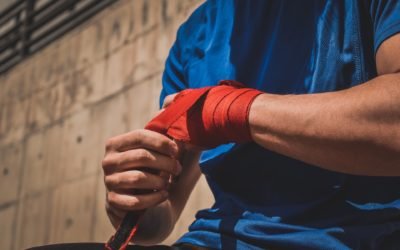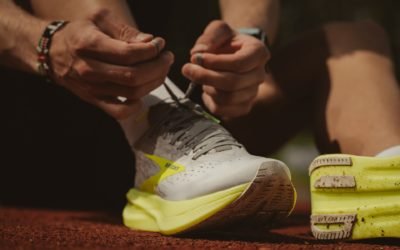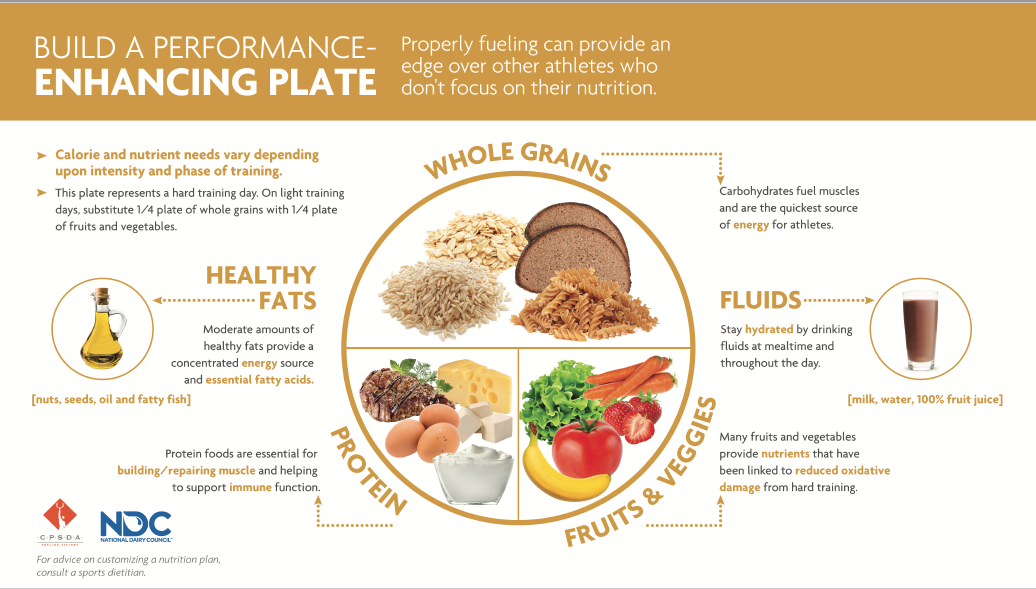Athletes: Meal Plan with a Volleyball Star
Crushing Sweet Cravings
PAC-12 outside hitter, Brooke Nuneviller, shares one of her favorite (and super delish) recipes that help her stay fueled before, during, and after intense volleyball training and games. For a healthy option that satisfies sweet cravings, Blueberry Yogurt Bark is Brooke’s go-to. If it fuels a volleyball star, it’ll fuel you.
Let’s Taco ’bout Chickpeas
Managing a busy schedule is tough for many athletes. To stay healthy, fueled and satisfied, volleyball great Brooke Nuneviller stays on top her game with meal prepping for the week. Here she demonstrates a delicious vegetarian option with chickpea tacos and cilantro lime crema.
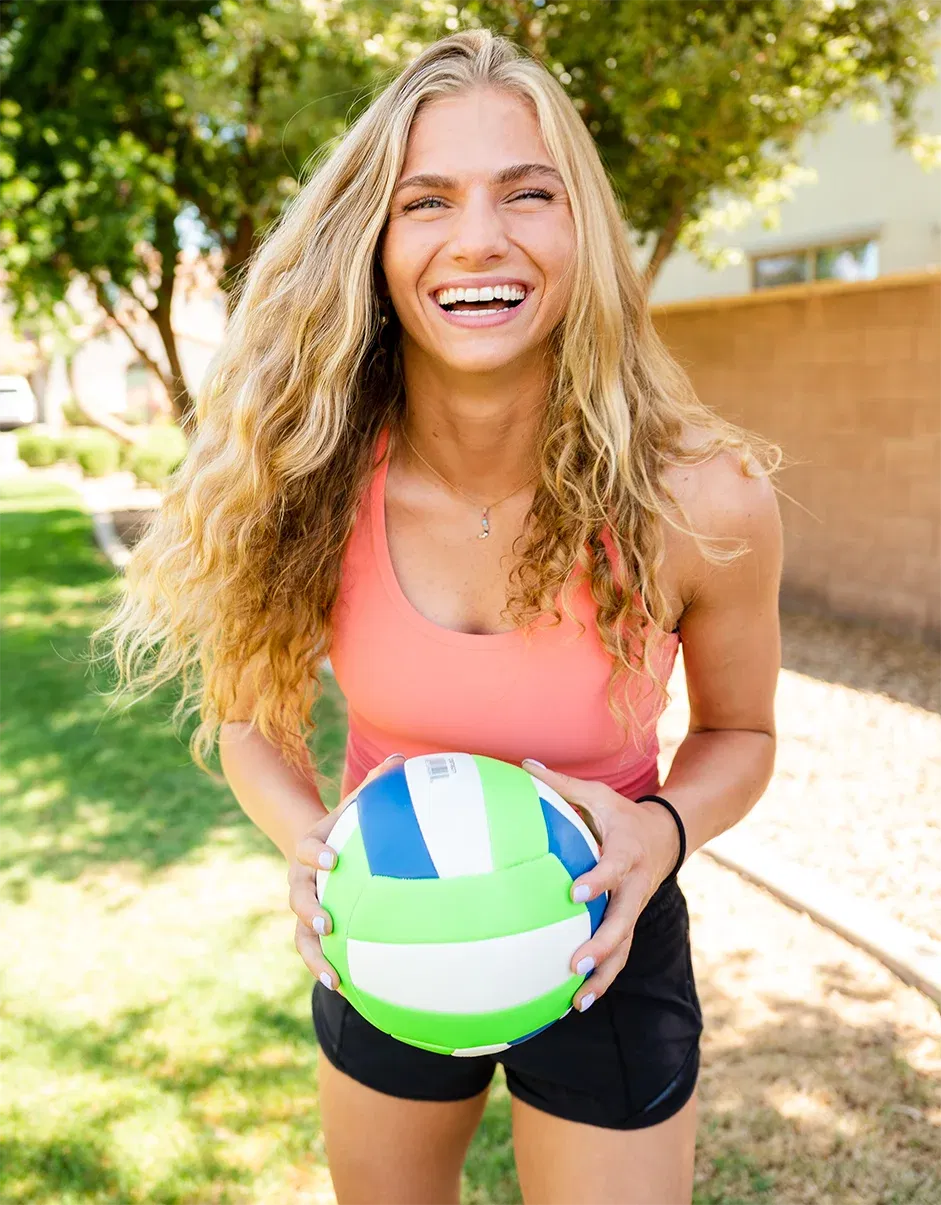
Q&A With Brooke
We chatted with Brook about her journey to healthy eating
Have you always been a healthy eater?
Not necessarily. I really stepped up my nutrition game in my sophomore year of college.
What inspired you to do so?
After my freshman year of college, I felt that my body was holding me back from being the best athlete and volleyball player I could be. With that being said, I started taking a particular interest in my nutrition, how I was fueling my body, and what exactly I wanted my body composition to be. More importantly, I wanted to feel great while competing.
What difference did you notice this change in eating habits made?
This made a tremendous difference. I noticed myself jumping higher, moving faster, and having more energy throughout my day to get tasks done more efficiently. I also grew confident in my body throughout my process.
What types of changes did you make?
I emphasized eating more proteins and fresh produce and limited some carb intake. Something that I found crucial in my journey of healthy eating was not entirely cutting out certain foods that I enjoy. There’s always room for your favorite dessert but in moderation.
What insights can you share about your journey to healthier food choices?
I struggled at the beginning of my nutrition journey because my main concern was getting that number on the scale to go down. I wanted this to happen as quickly as possible. What I soon learned was that any sort of change in your body composition is a process, and if you want to maintain a certain physique, you are going to have to love and enjoy the process. I also want to note that within college I have had many different physiques, and the one where I was at my lowest weight, I was not the happiest, and I was not performing at my optimal capacity. I want to emphasize that there are so many different components that go into a number on a scale, so don’t feed into that. Feed into the foods that make your body feel and perform the best!
Optimal Performance Series for Endurance Athletes
Read our four-part series on optimizing your performance as an endurance athlete from guest blogger, Damon McCune, ABD, MS, RDN, LD
Optimal Performance Series for Endurance Athletes | Part 1
Part 1: Training Strategies Damon McCune, ABD, MS, RDN, LD, Founder of Allied...
Optimal Performance Series for Endurance Athletes | Part 2
Part 2: Resistance Training Damon McCune, ABD, MS, RDN, LD, Founder of Allied...
Optimal Performance Series for Endurance Athletes | Part 3
Part 3: Race Day Damon McCune, ABD, MS, RDN, LD, Founder of Allied Performance, LLC,...
Optimal Performance Series for Endurance Athletes | Part 4
Part 4: Recovery and Transition to Offseason Damon McCune, ABD, MS, RDN, LD, Founder of...
Pre-Workout Nutrition
Timing snacks and meals that include the most effective nutrients to fuel your body before a workout.

Focus on foods low in fat and fiber.
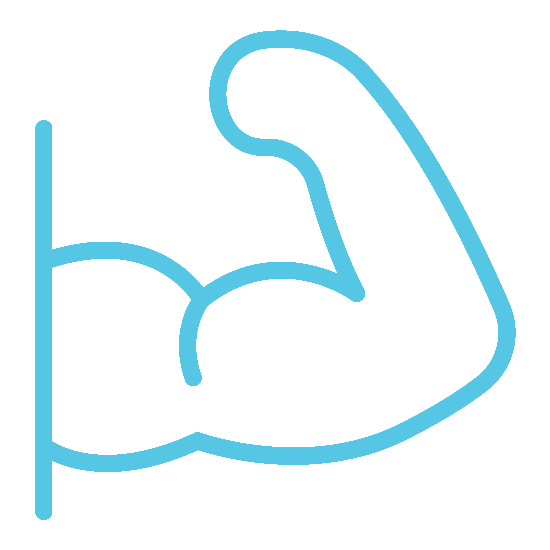
Eat a combination of foods high in carbs and moderate in protein.
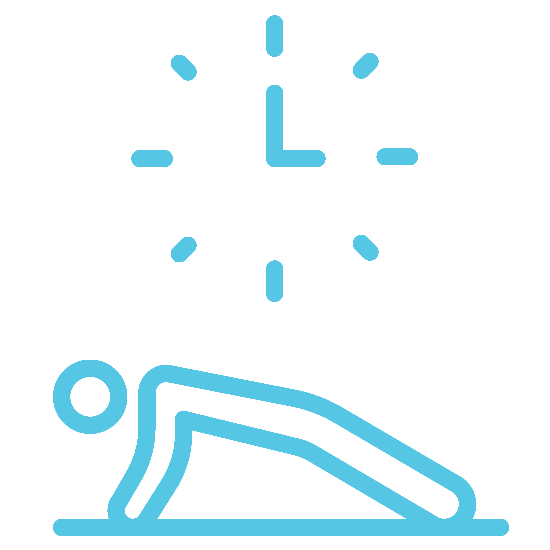
Length and intensity of workouts matter.

Experiment to figure out what works best for you.

6 am workout? Fuel up the night before and eat something small in the morning.
What to Eat
Pre-Workout

Turkey and swiss sandwich, apple, chocolate milk

PB&J with banana slices

Low fat Greek yogurt with berries and a small salad with chicken

Hydrate with 16-20 ounces of fluid
Post-Workout
Refuel, repair and rebuild with this guide on the amount of carbohydrates, protein and fluids needed after a workout.
The Performance Enhancing Plate
Learn which foods should be included in meals and snacks on both heavy and light workout days, including the benefits they provide.
What Fuels a Wide Receiver?
Collegiate wide receiver Ricky Pearsall shares one of his favorite recipes that helps him stay fueled and recover after intense workouts.
Q&A With Ricky
How many calories do you typically eat in a day?
About 3,000
What does your daily food intake look like?
I eat 3 meals and 2-3 snacks throughout the day. Lunch and dinner is usually when I eat the most but I always balance meals to include carbs, protein, fruits or vegetables and some healthy fats. Hydration is always a priority too.
What do you like most about playing football?
Everything. I’ve been playing since I was 6 years old. Being able to go out there and compete, show my skills, knowing all the work I put in has paid off all while having fun with my brothers.
Recipes
Simple, delicious recipes loaded with high-quality protein and other essential nutrients.
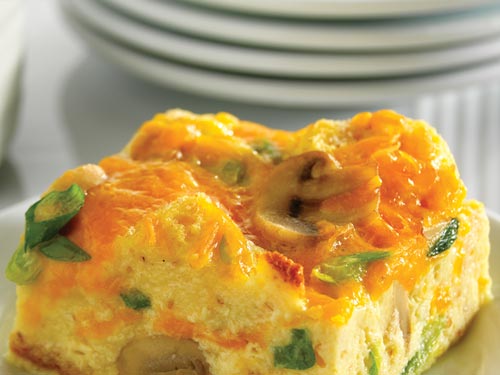
Cheddar and Mushroom Breakfast Squares
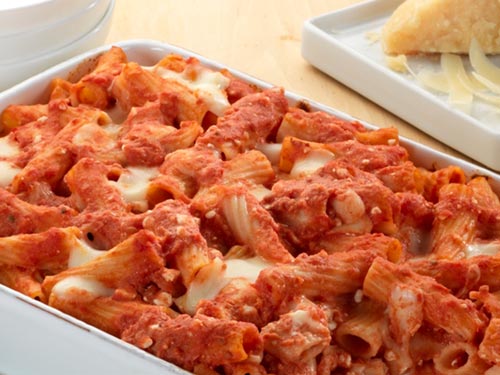
Baked Ziti
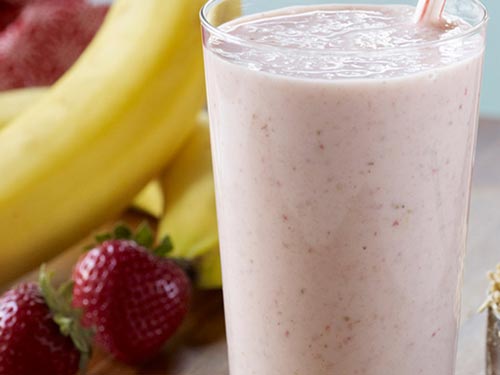
Fruit and Oat Smoothie
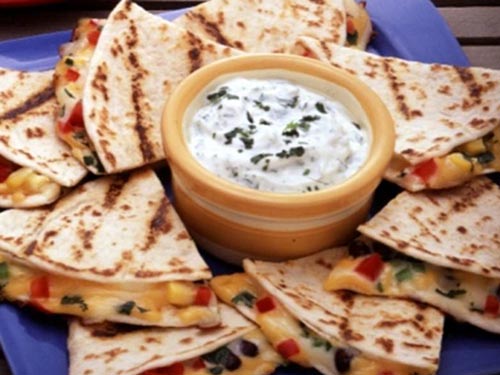
Confetti Quesadillas With Cilantro Yogurt Dip
Chocolate milk: nature’s sports drink
You want to maximize your performance, we want to help! Read on below, or check out this scientific research overview on the benefits of milk for sports recovery.
Replace fluid loss
A study comparing hydration responses of several drinks found that gradually drinking milk restored fluid balance better than water or a carbohydrate-electrolyte drink. The nutrient package of milk, the fact that milk is released more slowly from the stomach compared to water or a traditional sports drink comprised of carbohydrates and electrolytes and the higher calorie content and presence of dairy proteins (casein and whey) in milk are thought to contribute Seery S and Jakeman P. Br J Nutr. 2016;116(6):1013-21.
Improve future endurance performance with carbohydrate-protein supplementation
Two studies found that cyclists and runners who drank low-fat chocolate milk after a workout saw a stronger activation of muscle repair and rebuild, along with better subsequent performance, immediately following and again two hours after exercise than those who drank a carbohydrate containing beverage with the same amount of calories.
Ferguson- Stegall L, et al. J Strength Cond Res. 2011;25(5):1210-24.
Lunn WR, et al. Med Sci Sports Exerc. 2012;44(4):682-91.


